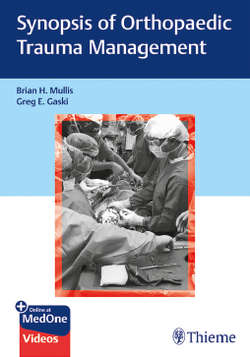Читать книгу Synopsis of Orthopaedic Trauma Management - Brian H. Mullis - Страница 22
На сайте Литреса книга снята с продажи.
II. Classification
ОглавлениеA. Gustilo–Anderson classification
1. Originally based on open tibial fractures and the size of associated soft-tissue wound but commonly applied to all open fractures. Classification is made in the operating room at time of the final debridement. Infection rates increase dramatically between lower types and IIIB and IIIC fractures.
a. Type 1—skin laceration < 1 cm in length and low-energy fracture pattern.
b. Type 2—1 to 10 cm wound length without extensive soft tissue damage or high-energy fracture pattern.
c. Type 3A—open wound > 10 cm in length that can be closed primarily or with a skin graft. Smaller wounds are included if extensive stripping of periosteum, heavy contamination, or high-energy fractures (segmental or highly comminuted) are present.
d. Type 3B—extensive soft tissue loss, typically a wound that requires rotational or free tissue transfer for closure when bone is at anatomic length. A fracture would be considered to be classified as a 3B type if shortening of the limb is required to allow for wound closure.
e. Type 3C—arterial vascular injury in the affected extremity that requires vascular repair for limb viability. Repairs to vessels in limbs that have adequate perfusion are not 3C injuries.
B. Orthopaedic Trauma Association open fracture classification
1. Initially it was utilized in research setting to describe soft-tissue injuries in greater detail.
2. Numerical score from 1 (least severe) to 3 (most severe) for each of the following five categories of open fracture assessment: skin injury, muscle injury, arterial injury, degree of contamination, and bone loss.
